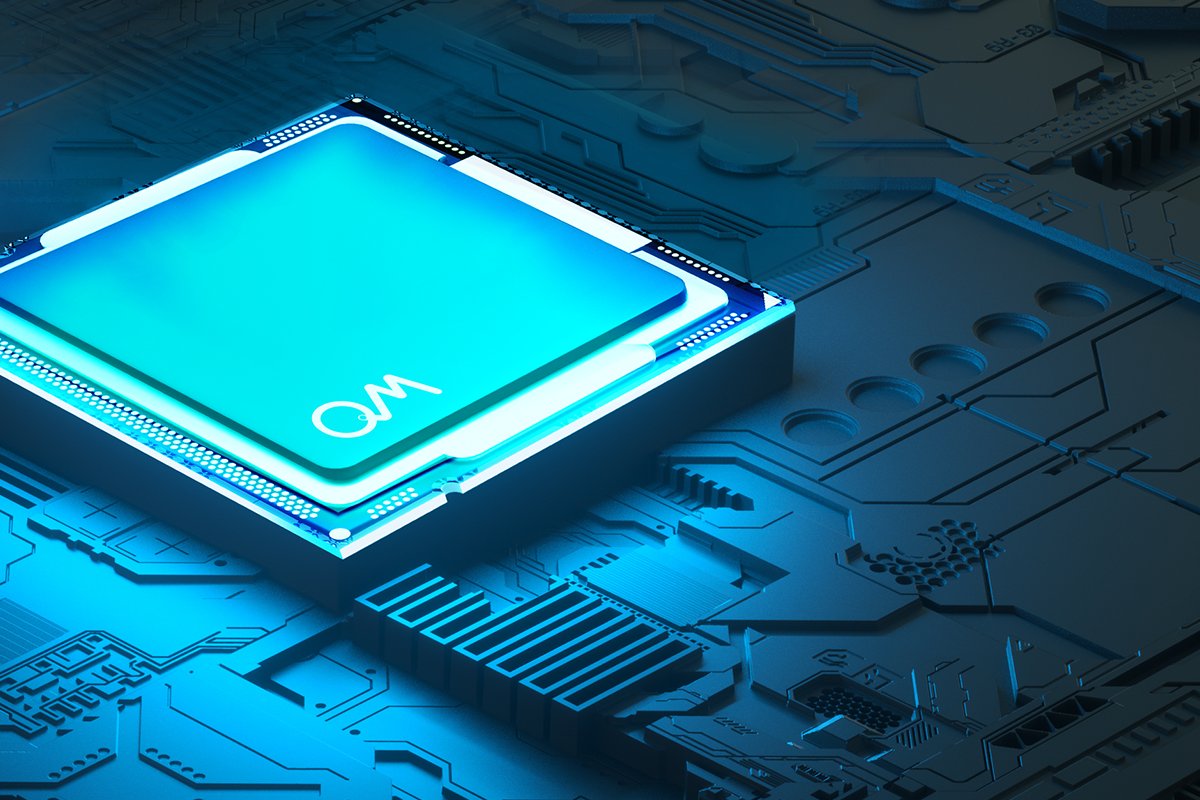As the field of quantum computing burgeons, it reveals a paradigm that is reshaping our understanding of computation itself. Unlike classical computing, which relies on bits as the fundamental unit of information, quantum computing harnesses the principles of quantum mechanics, employing qubits that embody a distinct operational potential. This intricate interplay of states harbors a promise that could fundamentally transform industries and advance scientific insights. This essay delves into the functionality of a quantum processor, elucidating the mechanisms that empower it and framing the broader implications of this groundbreaking technology.
At its core, a quantum processor operates under the auspices of superposition and entanglement—two foundational phenomena of quantum mechanics. Superposition allows a qubit to exist in multiple states simultaneously, as opposed to classical bits that can only be in a state of 0 or 1. This characteristic enables a quantum processor to perform multiple calculations in parallel, drastically enhancing computational power. For instance, while a classical computer might need to sequentially address an expansive problem, a quantum processor can evaluate many possibilities concurrently, thereby expediting the process exponentially.
Furthermore, entanglement introduces a remarkable correlation between qubits, wherein the state of one qubit is intrinsically linked to the state of another, regardless of the distance separating them. This non-local property facilitates unprecedented processing capabilities, allowing for the manipulation of complex data sets in a highly efficient manner. In this way, entangled qubits can collaboratively resolve problems that would be intractable for classical systems.
To effectively harness these quantum phenomena, various quantum gate operations are employed within quantum processors. Quantum gates are the building blocks of quantum circuits, analogous to classical logic gates. However, they operate on qubits in a manner that leverages superposition and entanglement. Common operations such as the Pauli-X, Hadamard, and CNOT gates serve to manipulate qubit states through precise and controlled interactions, executing algorithms with an elegance that transcends classical computing methods.
A notable algorithm that exemplifies the prowess of quantum processors is Shor’s Algorithm, which efficiently factors large integers, challenging concepts of security built upon prime factorization in classical cryptography. The implications of such capabilities are profound, raising issues of data security in our increasingly digital world. With a quantum processor, the time required to resolve complex mathematical problems diminishes significantly; consequently, many encryption protocols could become vulnerable, compelling a reevaluation of cryptographic standards.
Moreover, Grover’s Algorithm stands as another testament to the efficiencies brought forth by quantum processing. Designed for unstructured search problems, this algorithm achieves a quadratic speedup over its classical counterparts. Allowing quantum processors to sift through vast databases with remarkable rapidity, Grover’s Algorithm signifies not only the speed at which quantum systems can operate but also underscores their potential applicability across domains ranging from data analysis to optimization tasks.
While the theoretical backdrop of quantum processors presents tantalizing prospects, practical realization is accompanied by significant challenges. Quantum decoherence stands as a primary obstacle; this phenomenon arises when qubits interact with their environment, leading to the loss of their quantum state. Mitigating decoherence requires sophisticated error correction techniques and the development of stable qubit implementations, such as superconducting circuits or trapped ions, to preserve the integrity of quantum computations over crucial durations.
Equally critical is the issue of scalability. Building large-scale quantum processors necessitates not only advancements in qubit architecture but also innovations in quantum communication systems. Quantum error correction codes, like surface codes, become essential in ensuring reliable operations as the number of qubits increases. This scalability challenge drives ongoing research and investment in quantum technology, as the quest for practical quantum processors remains a formidable endeavor.
The implications of quantum processing extend beyond mere computational advantages. The intersection of quantum technology and artificial intelligence heralds an era ripe with potential revelations. Quantum machine learning algorithms could revolutionize data analysis, pattern recognition, and optimization techniques, significantly enhancing the capabilities of AI systems. This symbiotic relationship between quantum computing and AI could redefine the parameters of data-driven decision-making, bringing forth unprecedented insights in various spheres, from healthcare to finance.
Moreover, the emergence of quantum networking and distributed quantum computing presents possibilities for secure communication channels. Quantum Key Distribution (QKD) ensures that information can be transmitted securely, guaranteeing privacy in a manner unseen in classical communication protocols. As quantum networks develop, society may witness a shift in the dynamics of digital security and information sharing, fostering environments of trust and integrity.
In conclusion, the architecture of quantum processors encapsulates a complex interplay of quantum mechanics, promising advancements that could redefine computation and its myriad applications. The potential benefits extend into cryptography, search algorithms, optimization problems, and the uncharted territories of artificial intelligence. The multifaceted challenges encountered along the path to practical quantum computing invite a reconsideration of our conventional approaches to computation and data processing, stimulating curiosity and sparking holistic exploration within this revolutionary field. As researchers continue to unveil the layers of quantum processors, the journey into the quantum realm is just beginning, promising to reshape not only technology but also the very fabric of our understanding of information itself.












